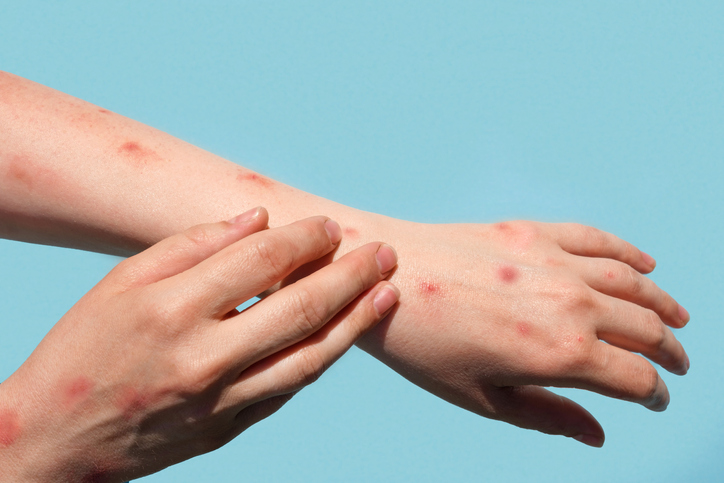Colleges statewide have taken steps to educate and raise awareness about monkeypox, a virus with over 21,900 cases nationally.
At Wesleyan University, for example, an e-mail was sent to all students that provides links to the university’s health services website explaining the virus and how to access counseling and vaccines, if needed. Other colleges, such as Yale University, the University of Connecticut and Southern Connecticut State University, have web pages dedicated to information on monkeypox.
Nationally, there have been a handful of cases reported at various colleges, but none among Connecticut college students. Overall, as of Sept. 12, there were 21,985 cases of monkeypox reported in the U.S., and 113 cases in Connecticut, according to the Centers for Disease Control and Prevention (CDC).
The virus initially spread at a rapid rate when it was first reported in the U.S. in May. It was declared a public health emergency in August but there are recent indications that the number of monkeypox cases per week is declining.

iStock Photo.
Monkeypox can take various forms, including pimples, blisters and lesions.
Monkeypox is primarily transmitted through close skin-to-skin contact, leaving those infected with a rash that can take various forms, including pimples, blisters and lesions. Symptoms vary but may include fever, headache, muscle aches, chills, and swollen lymph nodes. Recovery time can take upwards of four weeks, with proper isolation and medication.
Vaccines are in limited supply and are restricted to those who meet the criteria that the CDC has provided. Vaccine access is granted to those who, within the incubation period of two weeks, had close personal contact with a positive case of monkeypox, know a sexual partner that has been diagnosed with the virus, or had multiple sexual partners in an area with known monkeypox cases. However, most people become better on their own time.
UConn students said that move-in day wasn’t the same as it was during COVID, when safety protocols, such as mask wearing and social distancing, were enforced.
“It was like any ordinary move-in day,” said Daniel De Menezes, a UConn senior. As the school week continued, De Menezes said classes were “almost back to normal” again, “Not a lot of people are wearing masks and there’s definitely not any social distancing,” he said.
Monkeypox does not pose the same risks and does not spread as quickly as COVID, the CDC said. The CDC has recently created a new webpage for “Institutions of Higher Education” (IHE), describing how to inform students, staff and administrators about monkeypox, how to prevent mass spread and other precautions. The webpage details what the virus is, how it is spread, how to prevent contracting the illness and what appropriate measures need to be taken by the school if a student is infected.
 Ariana McNulty graduated from the University of Connecticut in 2021 with a bachelor’s degree in Journalism. She enjoys writing about health, wellness and women’s issues. To reach her, email arianamc22@gmail.com
Ariana McNulty graduated from the University of Connecticut in 2021 with a bachelor’s degree in Journalism. She enjoys writing about health, wellness and women’s issues. To reach her, email arianamc22@gmail.com
Thank you for the information!
Someone’s finally spelling it out for us!
Factual and unbiased. Really helpful!!
Thanks for breaking it down for me, nice job!